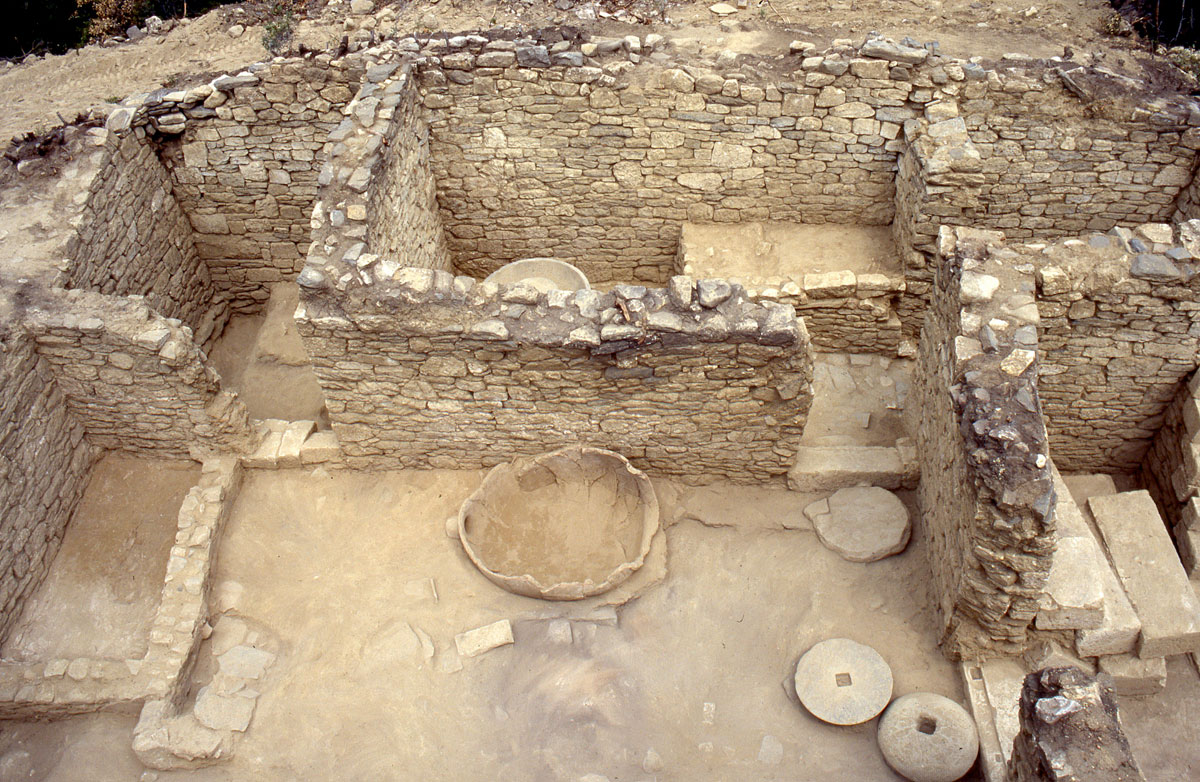
About six kilometers from ancient Amphipolis, ancient Argilos is being revealed—sparking admiration.
Jacques Perreault, Professor of History at the University of Montreal and co-director of the Greek-Canadian mission conducting systematic excavations at Ancient Argilos, brings dozens of students each year from Canada and the U.S. to take part in hands-on archaeological research. And this effort has borne fruit.
According to Mr. Perreault, ancient Argilos was an Aegean colony founded by settlers from Andros in 655 BC, covering an area of approximately 150 stremmas (about 37 acres) on the hill of Palaiokastro. The site was chosen due to its richness in agricultural products, raw materials such as timber and minerals, and its proximity to the mouth of the Strymon River. The name “Argilos” is attributed to the type of clay that abounds in the river’s estuary.
The painstaking work of archaeologists over thirty-three years revealed a commercial hub with two rows of shops—one with 12 units and the other with 10—that sold oil, food, grave offerings, perfume bottles, figurines, bronze strigils, and iron weapons. These findings offer insight into the city’s organization and its trade relations with other centers. Mr. Perreault describes his discovery as “a missing link in the history of commercial architecture development.”
Archaeologists previously believed that such large arcades with internal shops were only constructed centuries later, around 300 BC. It was widely accepted that the concept of retail shops emerged much later. However, this new discovery—which proves that shops were built for the production and sale of goods as early as 600 BC—once again overturns long-held assumptions. This commercial center, essentially a “department store” of its time that spanned many square meters, featured individual shops, each reflecting the unique character of its owner or tenant.
For Giorgos Gkalios, president of the Kerdyllia community and head guard at the Amphipolis Museum, this excavation remains the most important project for the region. He notes that the perfectly preserved olive press found beneath a building is the oldest discovered in the Greek world. As he states, he supports the excavation team with all his resources.
Jacques Perreault is an Honorary Member of the Greek Archaeological Society and an Honorary Citizen of Amphipolis. His research has brought global attention to the archaeology and history of ancient Greek trade across the Mediterranean, Greek colonization, colonial urban planning, and various aspects of Greek production—especially ceramics.

